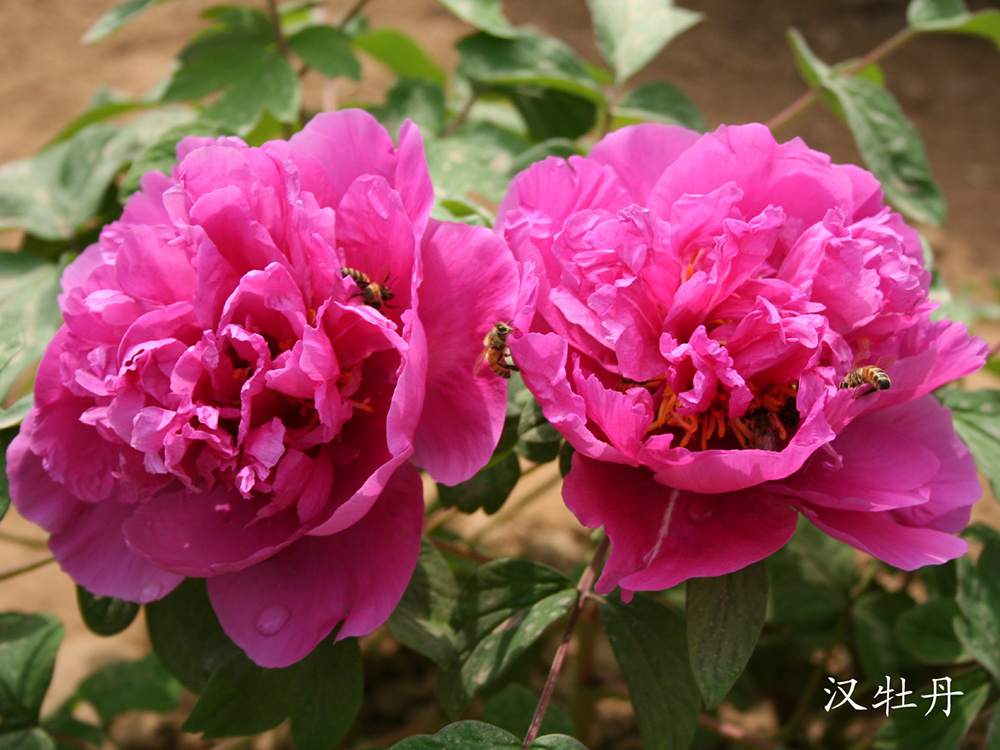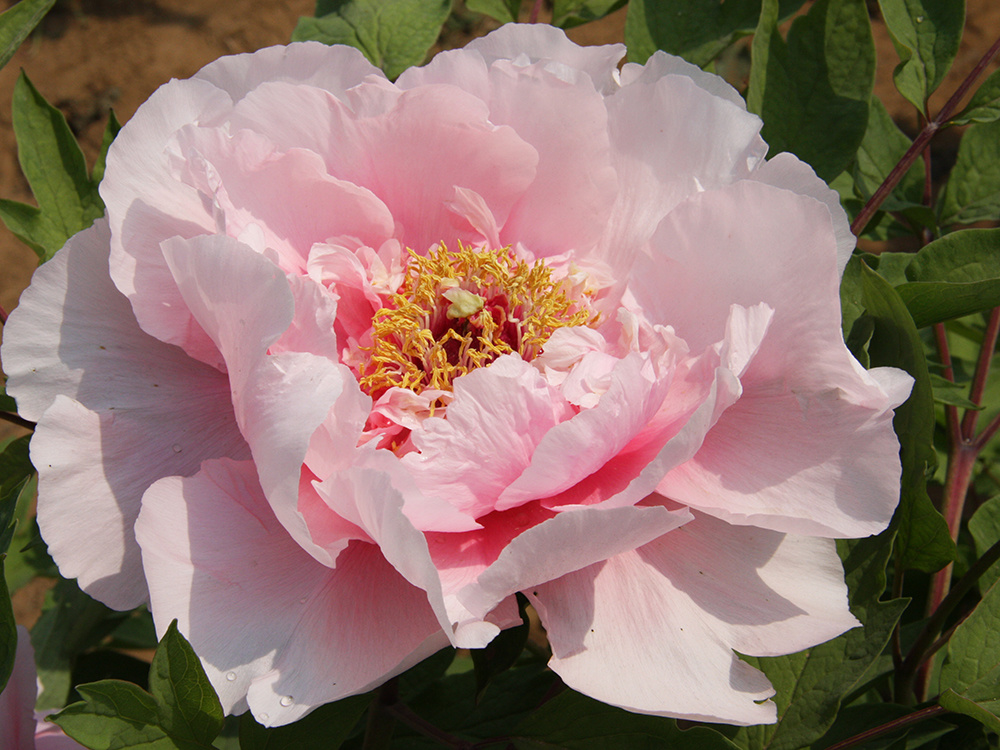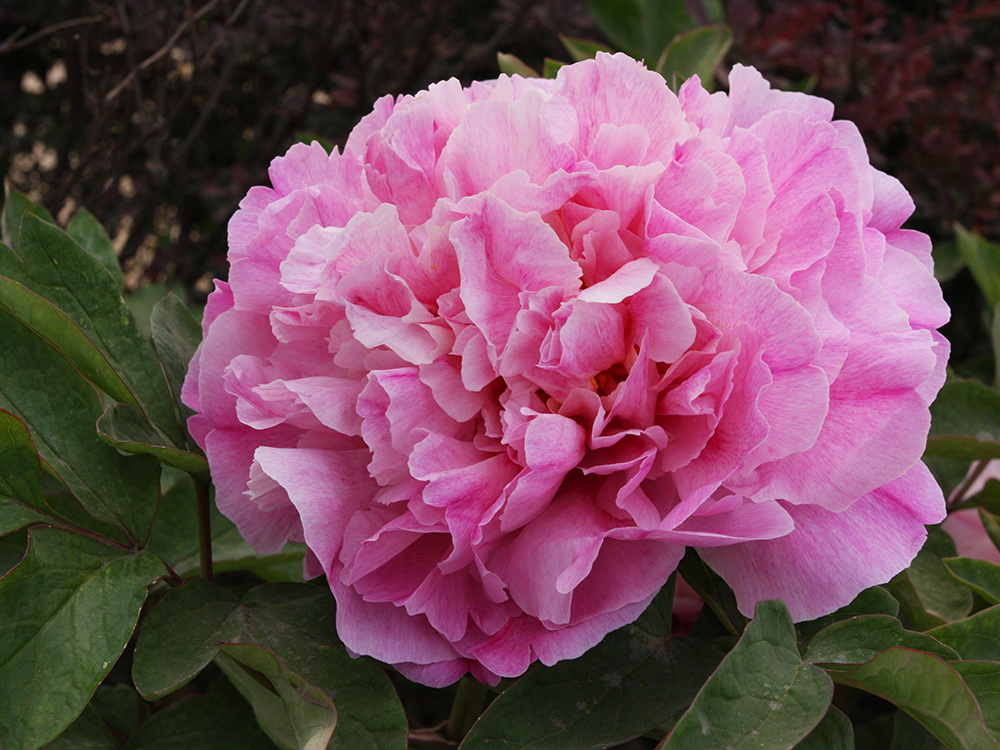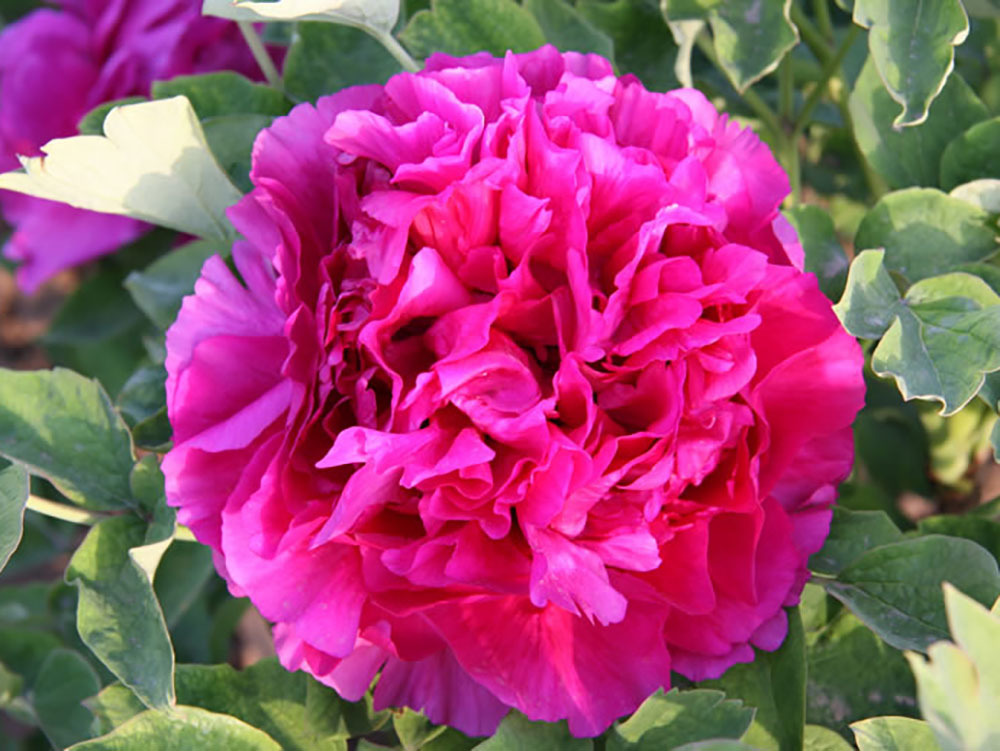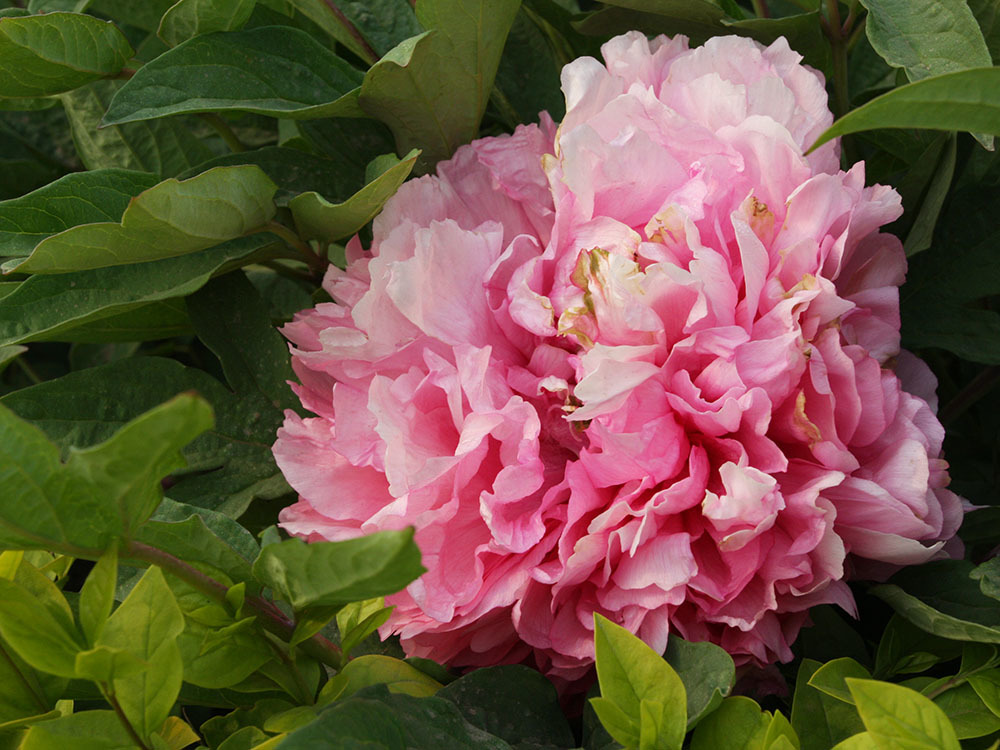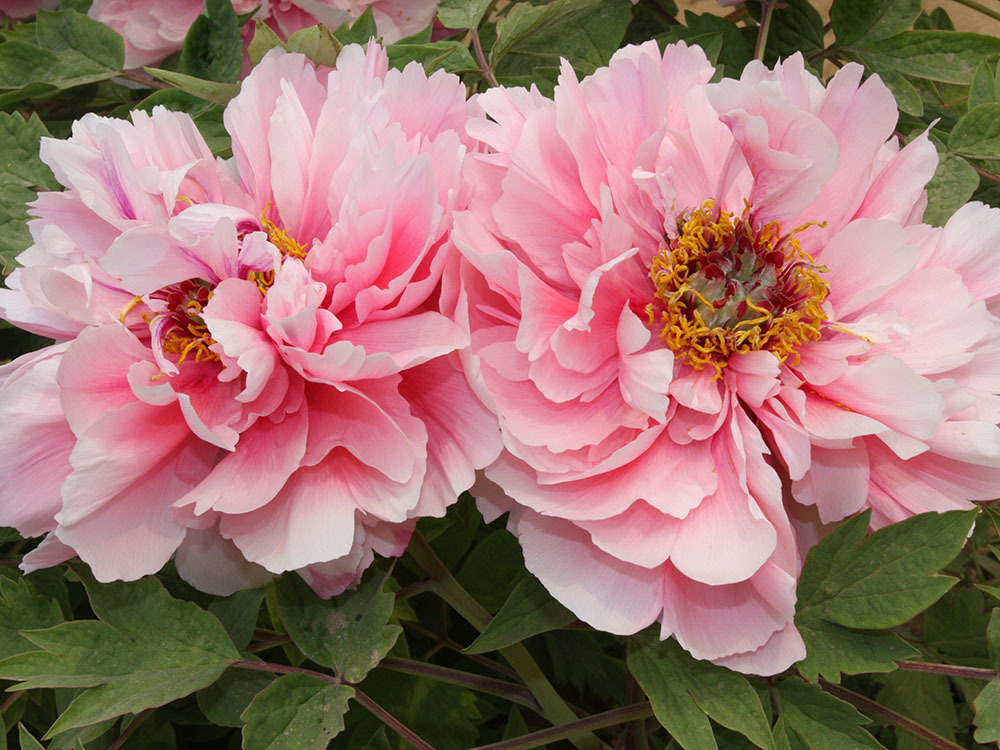Flower Appreciation
Contact Us
E-mail: bxhmd@126.com
Tel: 0086-319-7796393
Address: Han Mudan Garden, Baixiang County, Xingtai City, Hebei Province, China
Introduction to historical cultural relics and stone carvings (part)
Recently, the protection of cultural relics in Baixiang has attracted people's attention with new discoveries. In particular, the ancient stone inscriptions have become a highlight due to their long history, exquisite production, large quantity and high value. According to the inscriptions of the unearthed stone inscriptions, it can be known that there are several periods such as the Northern Wei Dynasty, the Eastern Wei Dynasty, the Northern Qi Dynasty, the Tang Dynasty, the Ming Dynasty and the Qing Dynasty.
The characteristics of these cultural relics and stone carvings not only highlight the early age, but also the high grade. Moreover, there are more than 20 stone inscriptions in the mausoleums of Baixiang officials in the four dynasties of Jin, Yuan, Ming and Qing Dynasties, all over the jurisdiction. These stone carvings are not only priceless ancient works of art, but also a vivid textbook of ancient history in Baixiang, and an important page in the cultural treasure house of the entire Chinese nation.
1. Han Dynasty Stone Man
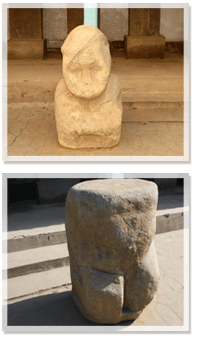 Northern Wei Dynasty Li Daoyuan's "Shui Jing Zhu" contains: Nan Qianqiu Pavilion Wuchengmo On the stone altar, there are two stone Wengzhong on the east pillow road of the altar temple, facing each other from north to south.
Northern Wei Dynasty Li Daoyuan's "Shui Jing Zhu" contains: Nan Qianqiu Pavilion Wuchengmo On the stone altar, there are two stone Wengzhong on the east pillow road of the altar temple, facing each other from north to south.
2. Qianqiu Pavilion Monument
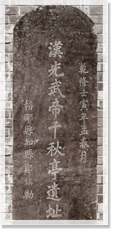
According to "Book of the Later Han Dynasty. The Benji of Emperor Guangwu records: Guangwu then ordered Yousi to set up a mandala in Wuchengmo, Qianqiu Pavilion in Nannan. At the end of June, he was the emperor.
In the third year of Emperor Zhang Yuanhe, in order to commemorate Liu Xiu's proclaiming emperor in Nanan, the Guangwu Temple was built in the Qianqiu Pavilion to worship the altar.
Today, the stele of "Qianqiu Pavilion Site of Emperor Guangwu of Han Dynasty" by Zheng Zhen, the county magistrate during the reign of Qianlong in Qing Dynasty, still exists.
3. Monument to the Three Heroes of Baixiang
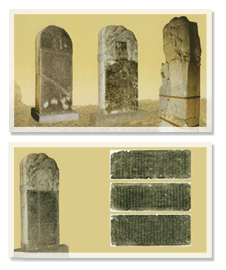
Zhao Mengfu was an outstanding calligrapher and painter in the Yuan Dynasty in my country. He was a figure with outstanding achievements and far-reaching influence in the history of ancient art. He learned from nature, eclectic, and learned from others. Seal script, Li script, Xing script and regular script can all be used freely. Especially Xing and Kai, the four families of Song Mi, Huang, Cai, and Su from the Northern Song Dynasty, and went straight to the Jin and Tang Dynasties. He pursued the two kings with a swipe of ink. But can be tight, chic and generous. Xiaokai often has tens of thousands of words, the beginning and the end are consistent, and it is as elegant as stars. Big Kai Yangu Liu style, strong and beautiful, dignified and romantic, changed the situation of "book etiquette" dominating since the Song Dynasty. Its graceful and vigorous rhyme has almost dominated the calligraphy world for a generation. It is honored as "Zhao Ti" by later generations.
The extant inscriptions of Santong Zhao's calligraphy in Baixiang are all works of Zhao Mengfu between the ages of 61 and 64. The first is the "Monument of Jiamu's Chastity", the second is the monument of "The Hall of Chastity", and the third is the "Monument of Yin Zhangjun's Virtuous Politics in Baixiang". The first two works were completed in March of the second year of Yanyou. Both of them are in regular script, with free and easy style of writing, stable structure, dignified font, smooth charm, graceful and graceful like lotus emerging from water. It is pleasing to watch, which shows the profound artistic attainments. The monument is 360 centimeters high, 100 centimeters wide and 40 centimeters thick, with a tortoise seat, a panchi head, and Zhao's seal script on the forehead, "Jia Mu's Chastity Stele". This stele was severely damaged during the "Cultural Revolution", and is now listed as a provincial key cultural relic protection unit.
“Zhang Jun Dezheng” The brushwork is mellow, the style is simple, and it is good at softness. The head of this stele is a pan chi, and the inscription of Zhao's seal script is "the stele of Yin Zhangjun's virtue in Baixiang". The lower part is lost. The monument is 240 centimeters high, 100 centimeters wide and 40 centimeters thick.
Looking at the inscriptions, we know that during the Yanyou period, Jia Tingrui, the general manager of Yangzhou Road, lost his father when he was young. His mother Hua was a widow when he was young. , became "Jia Mu's Chastity Stele", the tree was in front of the tomb, and the "Chastity Hall" stele was erected in the ancestral hall. The "Monument of Zhang Jun's Virtuous Government" was written by Yuan Mingshan, and it was published in the ancient city of Zhang to praise the political achievements of Zhang Ji, the magistrate of Baixiang County.
Jia Tingrui (Yuan): The resident driver in Baixiang. His father, Jia Liang, once taught Confucianism as a profession, and taught in the countryside, and died young. His mother, Hua's family, kept the chastity and never married, so she taught Tingrui Jia Liang's posthumous work. Later, he moved to the Ministry of Officials to be an official, and then entered Tongqian Huiyuan and Shangshu Province. Because Tingrui disliked the court servants, he abandoned his official position. He returned to his hometown to serve his adoptive mother, who died for three years. Later, it was reappointed by the imperial court, and the official worshiped the general manager of Yangzhou Road, with the title of third rank.
Lv Zhaoxiong: (Ming) The name is Hengbo, the name is Weiyang, and the name is Hongyuan. He is from Mingbai Township. In the 10th year of Wanli (1582), he won the imperial examination, and in the 14th year of Wanli (1586), he won the Jinshi. He was the county magistrate of Kunshan for the first time. During his five years in Kunshan, he has insight into the people's sentiments, pays attention to the details, and manages the county well. The people of the county regard him as a god. The higher-level officials inspected the counties, and Kunshan County ranked first because of its excellent governance, because it was Lu Zhaoxiong who was promoted to the military department to Shizhong. At that time, there was a rebellion in Ningxia, the western border was in a hurry, and the court was terrified. Lu Zhaoxiong was ordered to inspect the border, issued a proclamation, harnessed the river to prepare troops, built bow and arrow weapons, and stationed in Kaiyuan for ten years. Lu Zhaoxiong is loyal and loyal, and his talents are as deep as the sea. He has done his best in every official. He is dedicated to his duties in office, and he is well-organized. He can be called a capable official. Therefore, he has been promoted repeatedly in official positions. Fufengyang Governor Water Transport, Da Situ Governor Cangchang and other positions, and later dismissed for some reason. Chongzhen came to the throne, appointed Zhaoxiong, and ordered Zhaoxiong to take office in Nanjing. He died before he could take office, and presented the crown prince with the title of first rank.
Wei Yijie:Wei Yijie, named Shisheng, named Zhenan, also named Kunlin, was born in Xilu Village, Baixiang County. alcohol. Jinshi in the third year of Shunzhi in the Qing Dynasty (1646), the first selection of Shujishi, and later moved to the engineering department, the official department to Shizhong, and the military department to Shizhong, the admiral of Taichang Shaoqing, the left deputy capital censor, the left capital censor, and the prince Taibao, Shangshu of the Ministry of Rites, Bachelor of Baohedian University, President of "Records of the Ancestors of the Qing Dynasty", Prince Taifu. Wei Yijie ruled for 24 years from the third year of Shunzhi to the tenth year of Kangxi, and went to the court more than 200 times. He played a major role in the unification of the country and social stability in the early Qing Dynasty.



